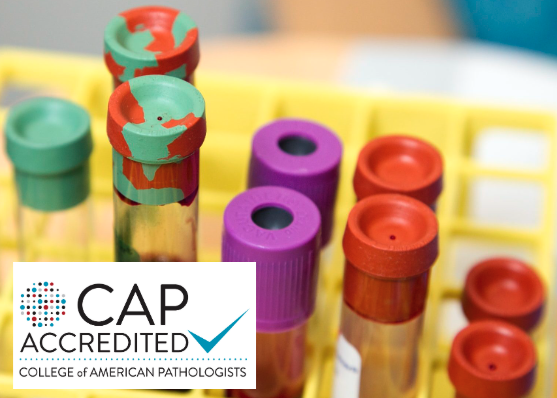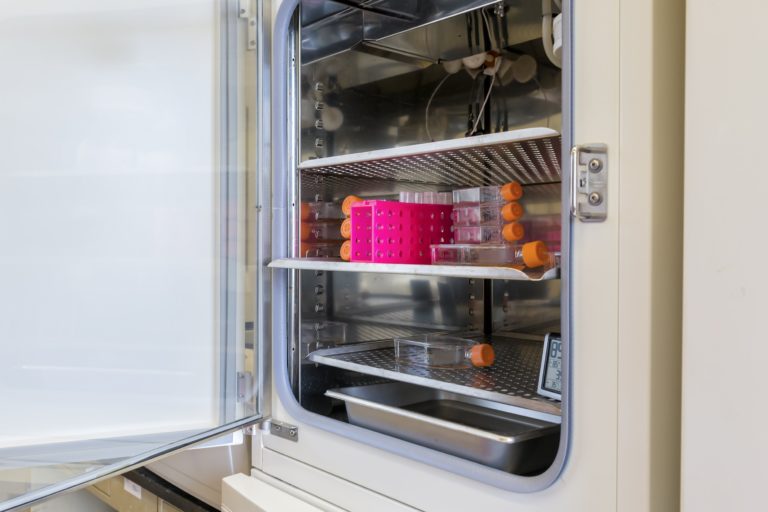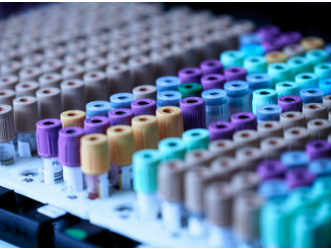Convenient, on-site sample processing for your clinical or research study
The GRCF Cell Center is a CAP-accredited facility specializing in blood isolations, mammalian cell culture propagation, primary cell establishment, and EBV-transformed lymphoblast (LCL) establishment. Our facility has processed more than 40,000 blood specimens and serves the needs of hundreds of investigators within Johns Hopkins and beyond.

Blood Processing
Services offered include isolation and cryopreservation of whole blood, lymphocytes, sera, and plasma. Lymphoblast establishment (LCL) service is also available.
Blood processing service
Cell Culture Services
Services offered include primary fibroblast establishment, cell culture expansion, and cell line distribution. The GRCF Cell Center is a mycoplasma-free facility.
Cell culture service
Clinical Trial Support
Services offered include processing, storage, and shipment of blood isolates, urine, saliva, nasal secretions, stool sampling, breast milk, and more.
clinical trial service
Location
Johns Hopkins East Baltimore Medical Campus
600 N. Wolfe Street
Blalock Building, Room 1001A
Baltimore, MD 21287 USA

Hours
Monday – Thursday:
8:30 am to 6:00 pm
Friday: 8:30 am to 5:30 pm
Same Day Processing Cutoff:
Monday – Thursday: 3:30pm
Friday: 2:00pm
All clinical samples needing same day processing after these hours will be subject to additional fees.

Contact
Phone : 410-955-3320
How to Start Processing
The following documentation must be completed and submitted prior to dropping off first samples:
- Completed Project Information Form
- Signed GRCF BioBank & Cell Center Agreement Form
- IRB Approval Letter
- Blank copy of the Informed Consent
- Letter from Principal Investigator affirming all patients have consented to the study
The GRCF Cell Center requests an initial consultation to discuss your project needs prior to dropping off your first samples. Please contact us at 410-955-3320 or by email at [email protected] to setup an account for processing in our facility.
Pricing
Need a quote?
For pricing information, please contact us at:
410-955-3320

